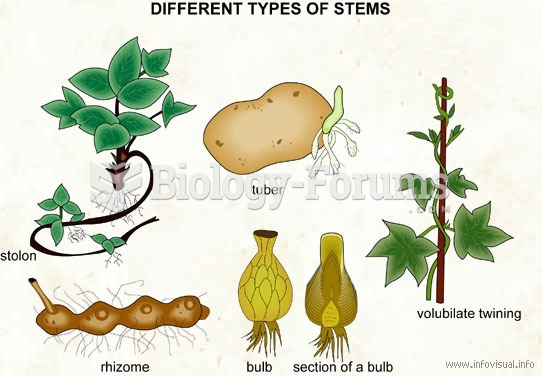|
|
|
Earwax has antimicrobial properties that reduce the viability of bacteria and fungus in the human ear.
A seasonal flu vaccine is the best way to reduce the chances you will get seasonal influenza and spread it to others.
The calories found in one piece of cherry cheesecake could light a 60-watt light bulb for 1.5 hours.
Less than one of every three adults with high LDL cholesterol has the condition under control. Only 48.1% with the condition are being treated for it.
There can actually be a 25-hour time difference between certain locations in the world. The International Date Line passes between the islands of Samoa and American Samoa. It is not a straight line, but "zig-zags" around various island chains. Therefore, Samoa and nearby islands have one date, while American Samoa and nearby islands are one day behind. Daylight saving time is used in some islands, but not in others—further shifting the hours out of sync with natural time.







